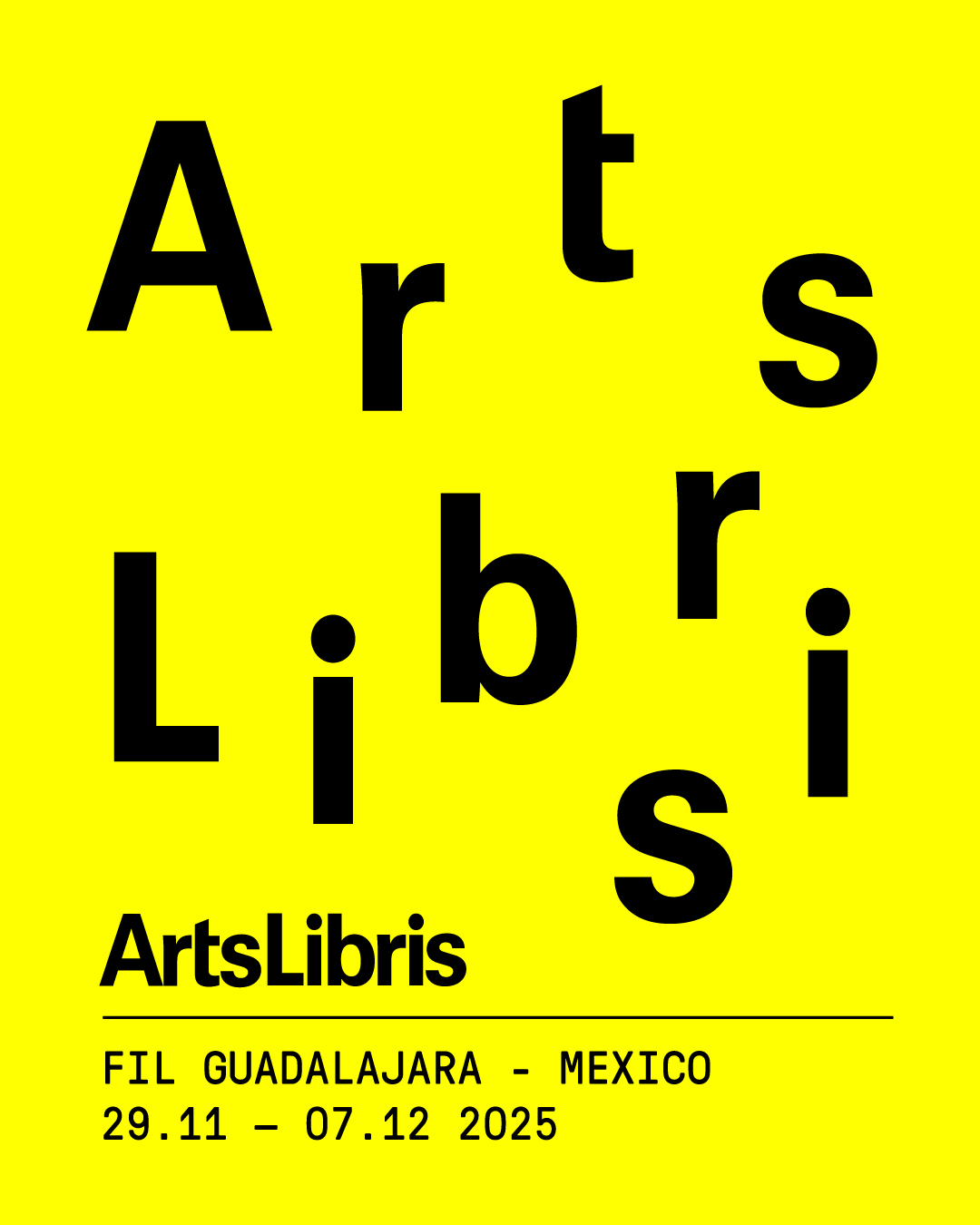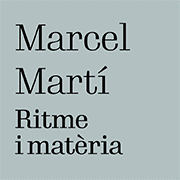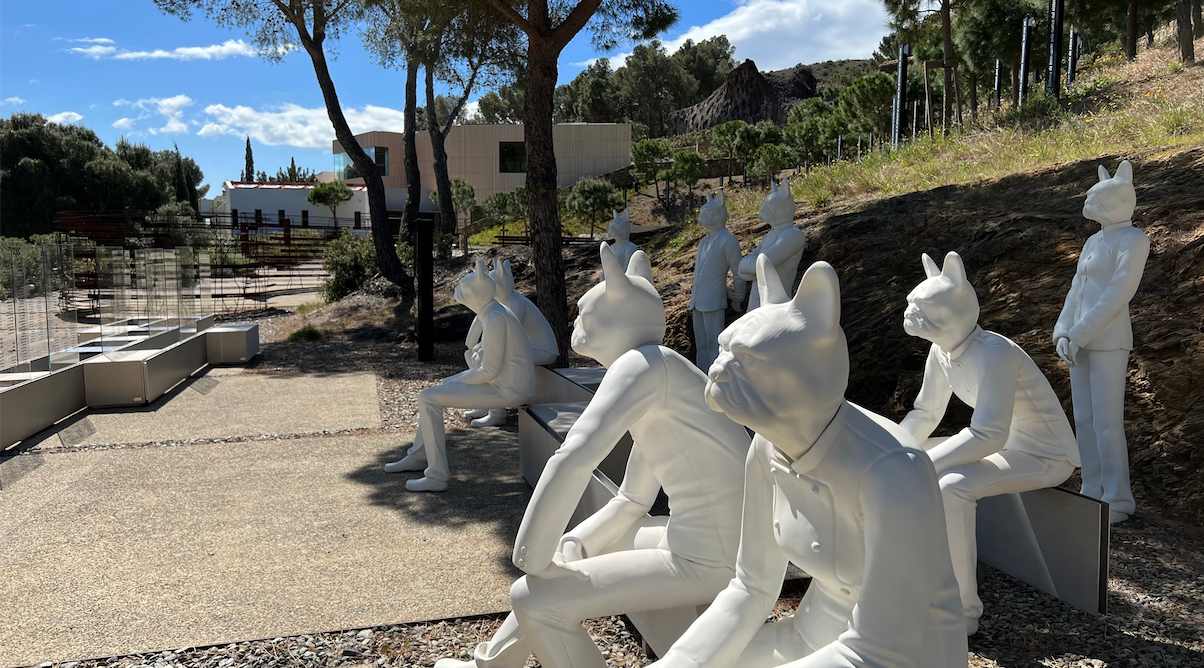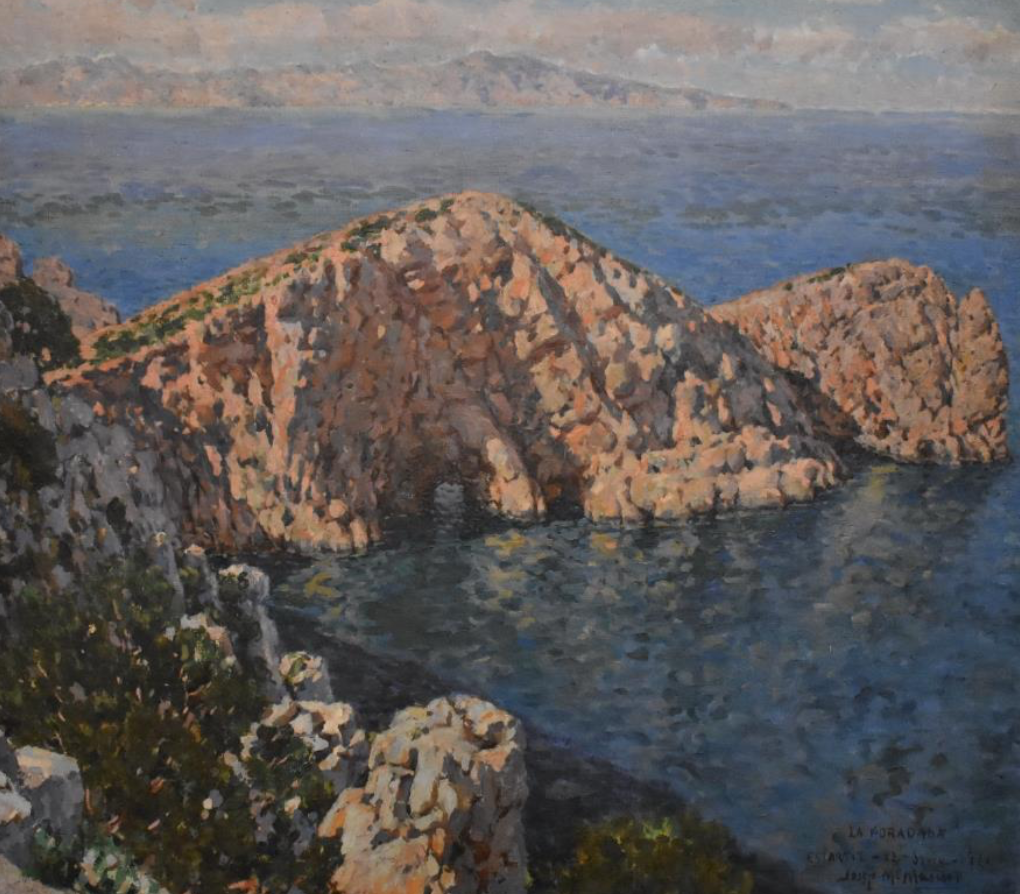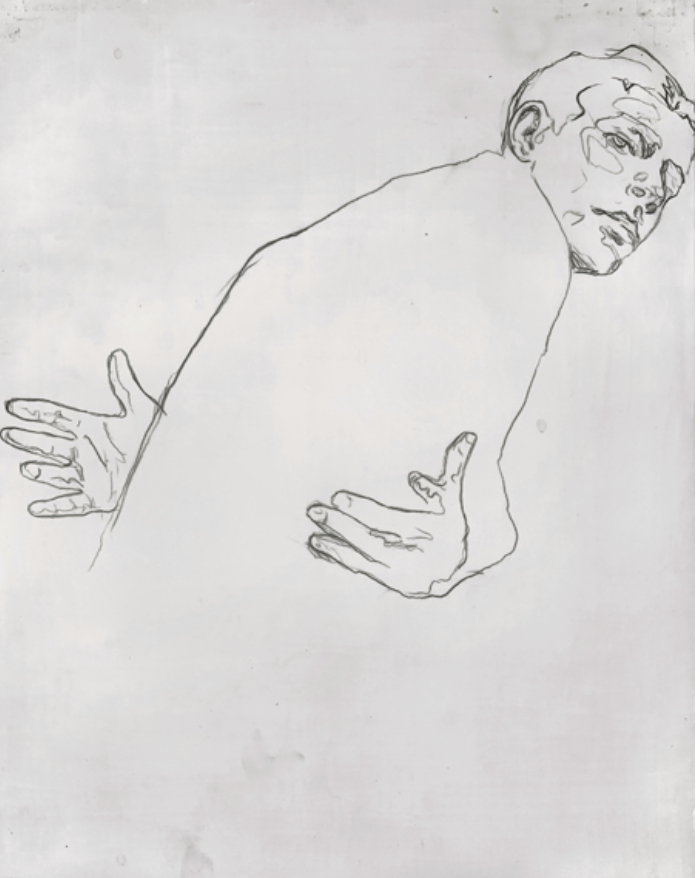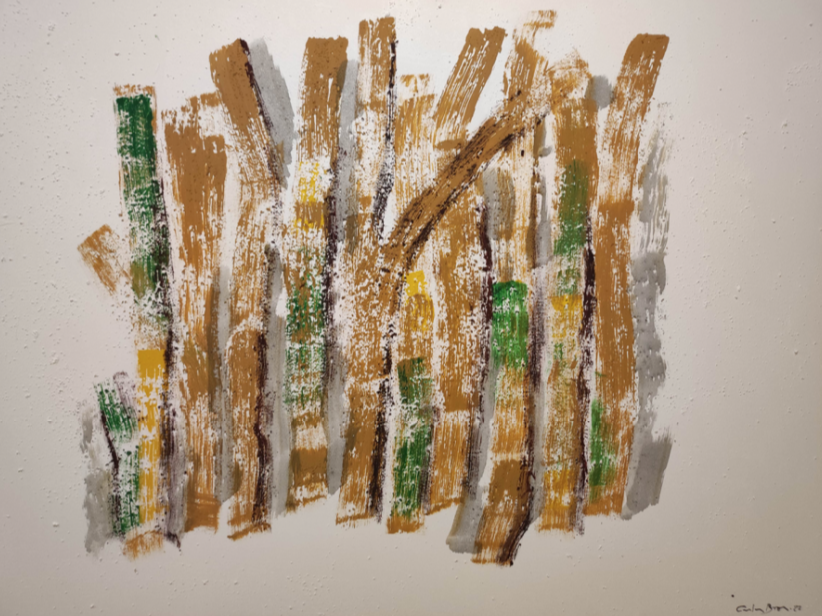contests
The fifteenth edition of Seismógraf closes with public success
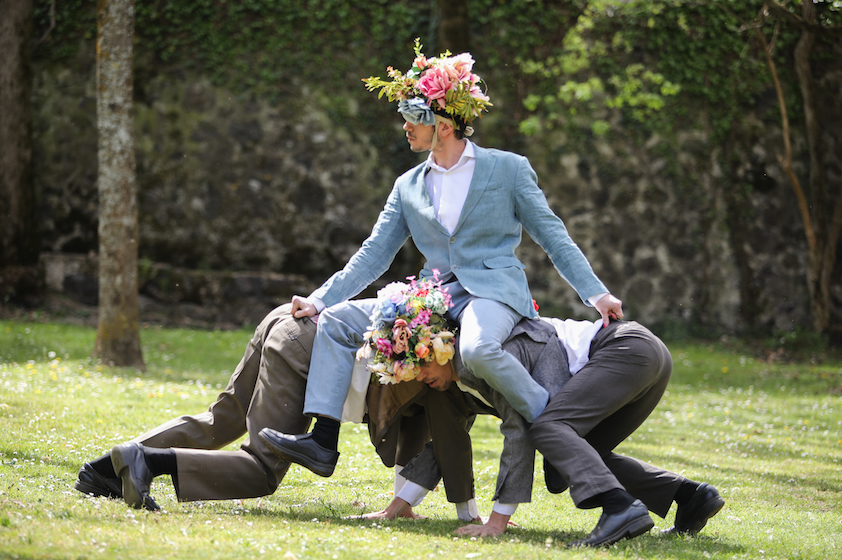
The fifteenth edition of the Seismógraf, the Olot dance and circus festival, closes with success after four days of programming. This year's proposal has sold out tickets for the paid shows and the free outdoor ones have also enjoyed a large turnout. The director of the festival, Tena Busquets, highlighted the number of people and the varied proposals that could be seen there. This is the second edition of a festival with a more conscious commitment to an artistic program that gives voice to the social, environmental and relational challenges of today's society. According to the director: "The motto of the new Seismograph has made more sense than ever: we are the festival that detects the movement of both the body and the planet."
For four days, from the 13th to the 16th of April, the movement and landscape festival has presented around thirty live arts proposals in the town's unique and natural rooms, streets and spaces. In this second edition since the transformation into a greener Seismograph, the program has presented national and international proposals. Among these, it was possible to see eight premieres in Catalonia in unique natural settings and intimate proposals for few spectators with several passes.
The programming
The programming has been explained through four eruptions: we have seen proposals related to still life, to the relationships that are established between species, to plants and to minerals.
In still life we saw 'En un día claro puedes ver para siempre', by Rosa Casado and Mike Brookes, who spent three days taking apart a car, meticulously separating each and every one of the materials that make it up; Habiter, by Katia-Marie Germain, a danced still life that explores the relationship between the body and space, between the body and objects; Ciutat Dormitori, from Contenidos Superfluos, a specific site that delved into the municipal cemetery to better understand the idiosyncrasies of the city and the character of its inhabitants; and No made Land «Les vanités», by the French Jean Michel Caillebotte, a living, monochromatic installation made entirely of cardboard, a contemporary still life.
In terms of minerals, there have been proposals such as the award-winning FREEZE, by Dutchman Nick Steur, who creates live sculptures with patiently placed stones; and 'From the intestines a rope and from the ass a sack of moans', from Lleida natives Intims Produccions and David Climent, about the future that awaits us.
Of proposals that show the particularity of the plant kingdom that gives rise to proposing new relational formats, there have been pieces such as Coreografías Selváticas, by the Madrid native Adriana Reyes, which links the living arts, anthropology and the plant world, where the performer explains dancing the reactions of each plant; and Woods / Bosque, by the Brazilian-Portuguese Clarice Lima / Futura & Linha de fuga, an open-air show that has had the participation of a group of local performers who, through doing inversions, have simulated Amazons in the process of deforestation.
Finally, avoiding the anthropocentric view, this year has seen many pieces that focus on how the different species that inhabit the world are related. For example, proposals such as 'Ramat symfònic', by Moon Ribas and Quim Girón, a show in the Sant Francesc crater, which invites the public to graze with the creators and shepherds themselves; or 'Sfumato', by Llum de Fideu, a poetic, itinerant and immersive reflection where the pigeons will be the ones who feed the spectators.
Among the rest of the program Opium Clippers, by the Slovenian Neja Tomšič, stood out, a visual essay that revolves around a tea ceremony and colonialism; Terra Rhapsody, by Vaikonur / Ester Guntín, inspired by science fiction, which talks about the nostalgia for the Earth and the fascination with technology; Maña, from the Cia. Manolo Alcántara, the construction of a giant live arch made of very heavy boxes, using as the only premise the economy of effort and movement.
And this 2023 the Seismograph has recovered 'Frock', from the British inclusive dance company Stopgap Dance Company, a piece about England in the 80s with artists with functional diversity. The festival has culminated in the Parc Nou en Moviment, the Sunday program of dance and live arts located in this incomparable natural setting and which has brought to Olot four proposals from all over the State, the result of the Seismógraf's collaboration with the Red A Cielo Abierto.
Despite the episodes of rain and wind that have accompanied some shows, the organization makes a very positive assessment of this fifteenth edition and second since the commitment to make it greener. "In this edition we have experienced four seasons in four days. From the cultural projects we will have to learn to relate to this planet in a different way, adapt and know how to vary the proposals on the fly. This is what we have done this year and we got away with it," said Busquets.
Greener seismograph
El Sismògraf is one of the promoters of the Big Pulse Dance Alliance, the network of 12 festivals and dance houses from all over the European Union that work together to strengthen the sector. It is the only Catalan and Spanish festival in the network, which includes the continent's most important festivals such as Dance Umbrella (United Kingdom), Julidans (Netherlands) and Tanz im August (Germany). The Seismograph thus consolidates its transformation into a situated and conscious festival: updated, sustainable and made for the city and its natural environment.



